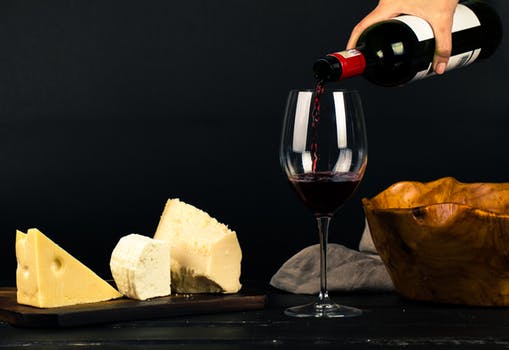Posted: Dec 04, 2018

Judging from my Instagram feed over the last 72 hours, the most thought-provoking wine article on the Internet right now is a conversation between sommeliers Jordan Salcito and Bobby Stuckey in the Daily Beast. Both Salcito and Stuckey (but especially Stuckey) have a lot of shade to throw at a new generation of sommeliers who, Stuckey says, “go out after work until 2:30 in the morning drinking,” “don’t care if (a wine is) flawed as long as it has a great story” and “don’t want to be mentored.”
The charge, in short, is that the younger set of somms isn’t taking the profession seriously as a craft. Stuckey’s mic drop: “The natural wine movement is the Fox News of wine.” Unsurprisingly, reactions have been strong. Sommelier and podcast host Adam Vourvoulis (@natural_whine) found the article “petty, elitist and downright offensive,” and on Instagram parodied the headline, Onion-style: “Old sommelier complains about progress.”
Think pieces about the future of the sommelier frequently seem to incite anger among those who have a stake in the profession. Maybe that’s because the profession has changed so much in the U.S. over the last couple of decades, and because media attention on sommeliers has put restaurant wine stewards in the spotlight lately in a way they never were before.
Maybe. Either way, while you’re all stewing over the “Fox News” comment, something much more interesting is happening in Oregon. What I believe to actually be the most thought-provoking wine article on the Internet this week is this piece about wine labeling laws by Katherine Cole in Seven Fifty Daily. Now that the federal and state authorities have intervened in the labeling dispute over vintner Joey Wagner’s Copper Cane wines, the debate over truth in labeling has intensified in Oregon, where Willamette Valley leaders are pushing to enact the strictest labeling rules in the country — rules that look a lot more like those found in Europe.
Cole puts this of-the-moment debate in historical context, and points out some funny inconsistencies: “There’s irony in these American crackdowns on the misleading use of place names on wine labels, given our flippant former attitude toward European appellations of origin.” Think of the ubiquitous jugs of California Champagne and Hearty Burgundy that once populated our tables here.
If American wine regions are indeed going to move in a European direction, with more rigorous requirements for labeling a wine “Willamette Valley Pinot Noir,” for example — the wine would now have to be 100 percent Pinot Noir from the Willamette Valley, no exceptions — it’s worth considering what will come next. Will a region like Napa Valley, Cole asks, move to establish a cru-like vineyard hierarchy system? To me, the greater question is: Will this emulation of Europe at some point endanger our distinctively American spirit of experimentation when it comes to planting vineyards?
By Esther Mobley
November 29, 2018
Source and Complete Articles: Sfchronicle.com
Go-Wine's mission is to organize food and beverage information and make it universally accessible and beneficial. These are the benefits of sharing your article in Go-Wine.com


The Wine Thief Bistro & Specialty Wines is a locally owned small business in downtown Frankfort, IL offering world class wines in a relaxed, casual gathering spot for friends and family. Offering world class virtual tastings and touchless carryout.
https://www.twtwineclub.com/aboutus
Go-Wine 25 Great Wineries in US selection prioritizes quality, value and availability.
www.go-wine.com/great-wineries-in-america
Tasting wine is a nice experience, but visiting the places in which wine is made is a magic moment. Available in New York City for touchless pickup.